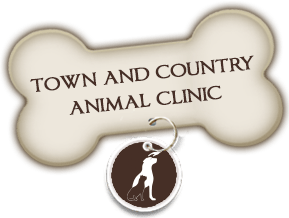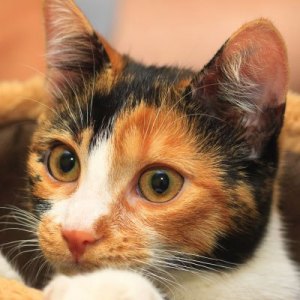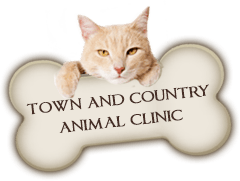Feline Odontoclastic Resorptive Lesions (FORL’s) are lesions that occur as a loss of the tooth’s structure, starting with the enamel and may eventually affect the dentin and the pulp. FORL’s normally affect the crown of the tooth and are generally found along the gum line. They usually affect the large rooted teeth, such as molars and premolars, but can affect any tooth. Unfortunately, FORL’s may be difficult to diagnose in the early stages as some lesions can be hidden under tartar or swollen gums. Also know as dental resorption lesion, cervical line lesions, neck lesions. These lesions generally occur as a cat ages and may be more prone to occur in purebred cats (especially Siamese and Abyssinians).
There are four stages of FORL’s to determine how the lesion is affecting the structure of the tooth.
Stage 1: appears as an indent on the surface of the crown. The small defect in the enamel has not yet exposed to sensitive dentin.
Stage 2: may appear as a large indent or hole on the crown of the tooth. At this stage the lesion has reached the dentin and may be painful for your cat.
Stage 3: appears as a hole on the crown of the tooth and may possibly go through the entire crown onto the other side of the tooth. Now the lesion has entered the pulp chamber, where the sensitive nerves are located. This is a painful stage for your cat.
Stage 4: characterized by the fractured tooth and advanced inflammatory changes in the gum tissue. Often, the crown of the tooth is missing while the gum tissue will attempt to cover the exposed root portion. This may become infected or ulcerated but is very painful.
There has been no conclusive evidence as to why some cats are affected with these lesions. There are different theories as to why they occur but none have been confirmed. One of these theories is that the inflammation of the gums, stimulate cells which eat away at the enamel of the tooth. Other theories include auto-immune disorders, viral disease or nutritional deficiencies. What they have found is that cats who are prone to having these lesions, have them on multiple teeth throughout their lifetime.
These lesions are difficult to diagnose without a general anesthetic and a professional dental cleaning. The lesions may be hidden under the tartar accumulated on the tooth or along the gum line and hidden under the swelling from gingivitis. Although these are hard to diagnose, here are some signs you can look for at home.
Signs of Discomfort:
- May be reluctant to chew his food.
- Change in appetite or food preference.
- Kibble may drop from the mouth and be found scattered around the food bowl.
- Excessive drooling
- Blood-tinged saliva or blood around food and water bowls
- Teeth chattering (after eating, drinking or touched in and around the cat’s mouth)
- Become aggressive when touching near the mouth.








